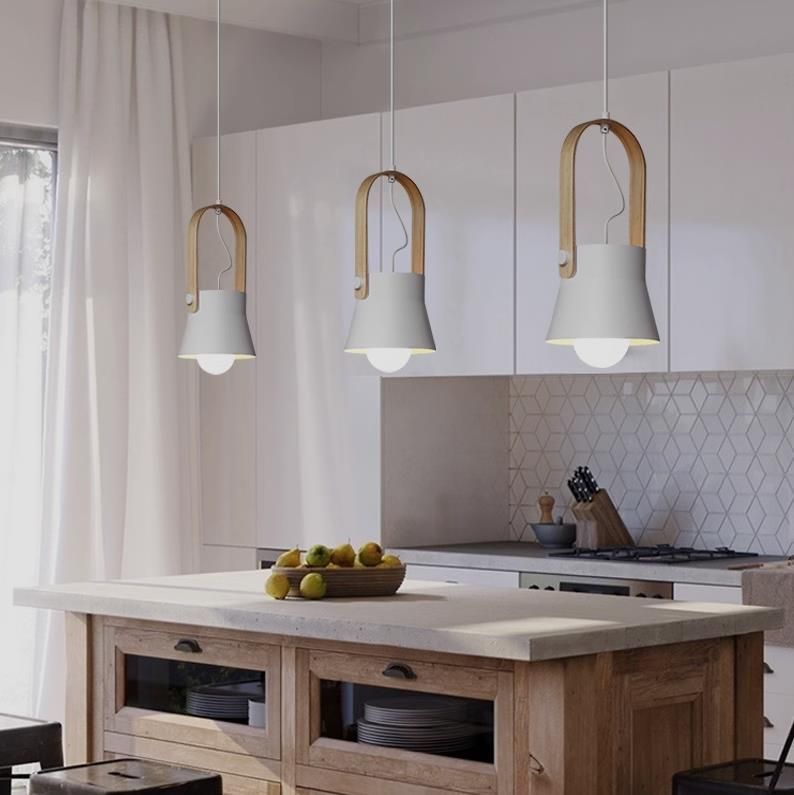The point is that scale is a complex but critical issue if you are concerned with multiple factors – profitability, economic agility, sustainability, system reliability.
It is a means to understand current processes and activities, and plan for their development in what may be a changing and unpredictable environment, with multiple stakeholders and agendas..The very process of creating such a plan – gathering all the relevant information and data and presenting it back to clients in a structured way – is in itself a highly productive exercise, allowing people to pull back from the detail of day-to-day operations, and take a more holistic view of what they are doing.

Many activities, processes and sites develop organically over time, meaning that the big picture can become confused or even lost altogether.Agreeing what needs to be done can be a challenge in itself, as it can be hard even to know where to start.. Design to Value master planning is a highly collaborative process, customised to the client’s specific situation and requirements, which aims to create sufficient understanding from which to decide what, how and when to improve – and why.And given that the constant in every project is uncertainty and change, it must always allow for multiple variables, both known and unknown..

Importantly, effective master planning also allows the client to explain simply – and sell – their issues, requirements and planning to other (senior) internal stakeholders, demonstrating clearly how to move from a present state to potential future states, and the benefits of doing so.. Bryden Wood’s master planning process.Our approach to master planning is collaborative, and iterative.

Collaborative because there is usually no one person who understands every element of the situation (we bring together the right people to combine their knowledge and experience).
Iterative because the problem is unwrapped and understood gradually, by identifying potential solutions, analysing them and feeding the outcome back into the continuously evolving problem statement.To realise this ecosystem, Bryden Wood is involved in developing a technological infrastructure that provides tools and services that make it easy for customers and suppliers to interact to realise the required refurbishments.. To make that possible, Bryden Wood also need to create an engineering platform solution: a building system that can deliver the required variety of solutions for differing requirements in different situations, but that is rationalised, standardised and optimised appropriately to enable the required simplification of all processes that make it possible for the supply chain to collaboratively deliver this built solution.. New nuclear: system simplification and standardisation with P-DfMA.
Existing coal plants vary widely.There are very different site layouts and different levels of site conditions.
The seismic conditions in particular are very important, as they have a major impact on the design of the safety systems and therefore increase the complexity of the design.Existing power stations also vary in capacity, and the various nuclear reactor technologies are also different from each other..